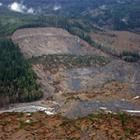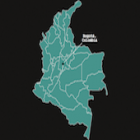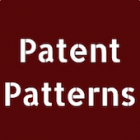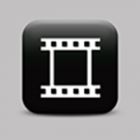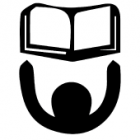
Knowledge Organization in Transmedia Fictional Worlds: A Study of Harry Potter, Lord of the Rings, Marvel Universe, and Star Wars
Currently there is no structured data standard for representing elements commonly found in transmedia fictional universes. To address this information gap, we have created an ontological model that will allow researchers, fans, brand managers, and creators to search for and retrieve information contained in these worlds based on their structures. Our process included a domain analysis and user studies based on the contents of four transmedia works in order to build a new model using Ontology Web Language (OWL) and an artificial intelligence reasoning engine. This model can infer connections between the transmedia elements and will facilitate better search and retrieval of the information contained within these vast story universes for all users interested in them. The result of this project is an OWL ontology that is intuitive for users; can be used by AI systems; and has been updated to reflect real user needs based on user research.


